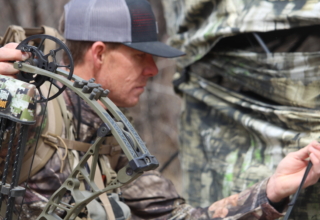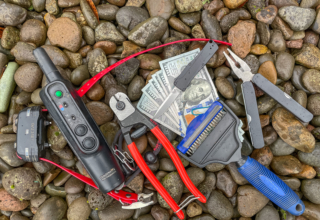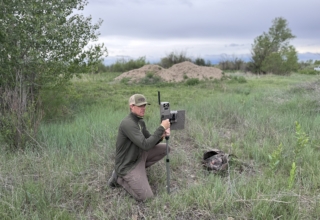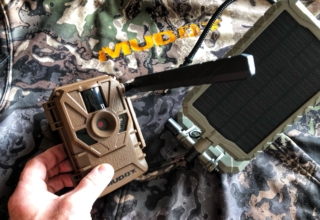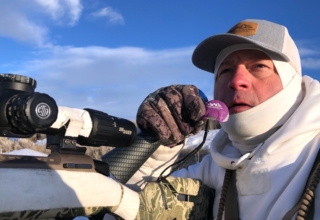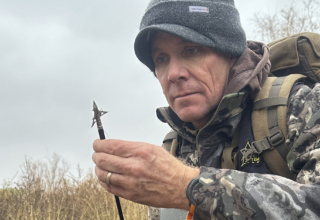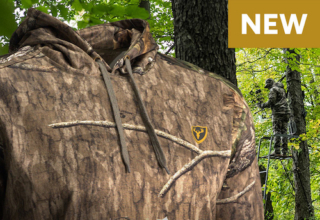There’s no better time to be in the woods for spring. On days the turkeys don’t want to play, don’t head for the truck. Instead, take advantage of your time in the woods. There’s plenty to do!
by Mark Kayser
Although April reigns as the turkey month, many states have been transitioning to later dates that give hunters more time in the turkey woods during May. These season extensions buck trends and follow the science. Research shows that later dates could boost the decreasing number of turkey populations in some regions, with hens and toms alike investing more time in breeding.
This delay can reduce gobbler enthusiasm, but if you suddenly discover a morning without a fanning frenzy, do not let the day go to waste. It’s spring! Enjoy the weather and add a medley of activities to your turkey hunt if, for some reason, the turkeys do not wish to be the main dish at your dinner table.
Predator Finale
May and June see the highest number of fawns hitting the ground regardless of your American ZIP code. Give a fawn a break and hammer a coyote during your turkey hunt. Check the regulations, but many states have a year-round and no-limit coyote season. Sure, the fur will not be prime, but study after study shows that coyotes transition from a rodent diet to a pure fawn diet in the spring.
Keep a prey in distress hand call stashed in your pocket. Switch to prey at the end of your set with no tom on the horizon, and keep that shotgun handy and aimed at your already staked decoy. If you see a coyote eyeing the decoy, you can keep the prey sounds rolling or switch to a distressed yelp using your turkey calls. Do the fawns a favor and manage coyotes whenever possible.

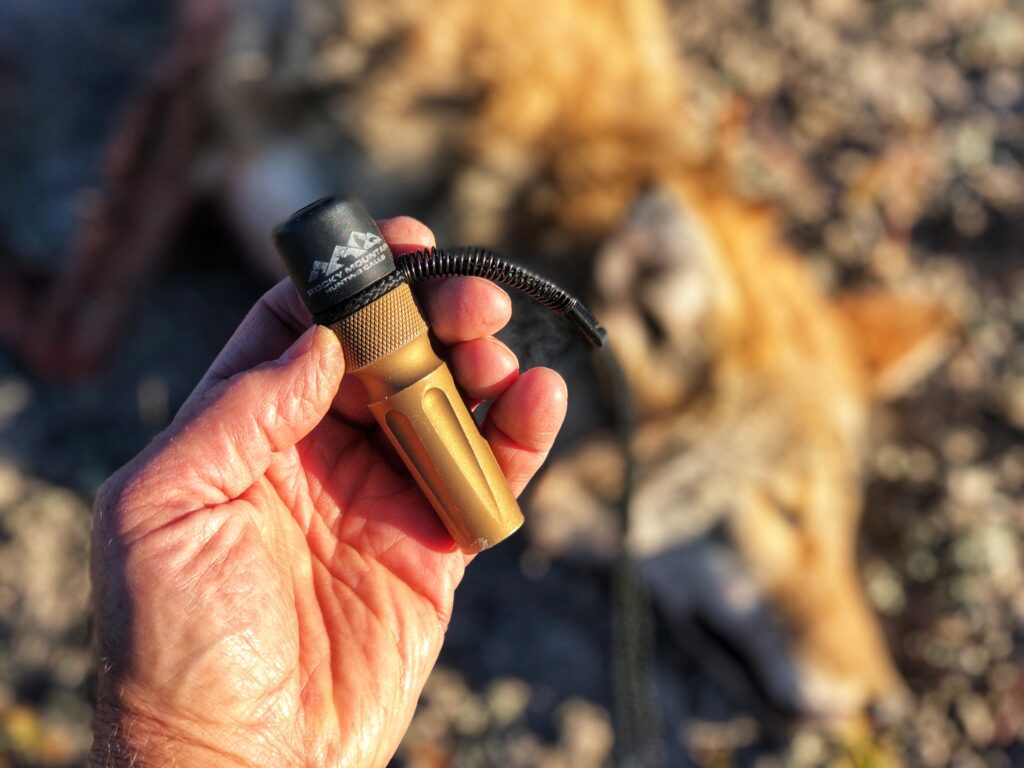
Shed Antler Cash
Year-round, I scan for shed antlers, whether hunting or scouting. Spring is the best time to find sheds, so keep scanning as you stroll around for turkeys. Some turkey hunters may not utilize optics but take yours along to glass fields, woodlands, and pastures for the telltale glint of an antler. The grass might be growing, but it only takes one long tine sticking above vegetation to reveal a quick $10 for fuel costs.
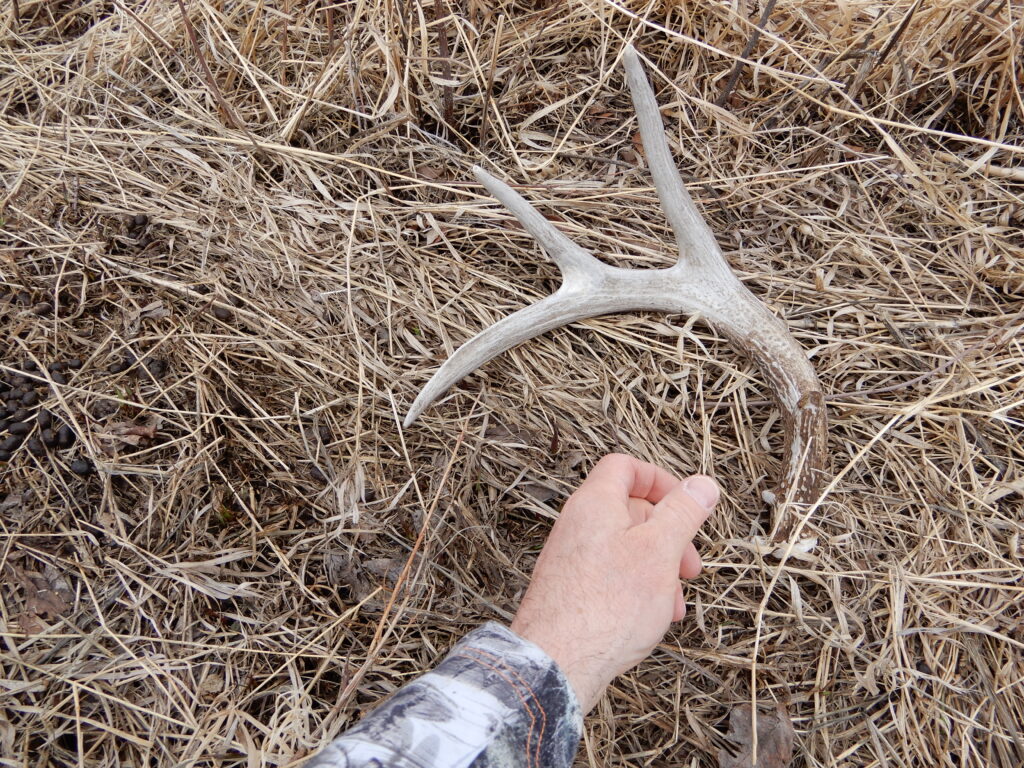
Western turkey hunters should be on their toes for the possibility of an elk antler. They still have a price of $19 per pound, and one raghorn shed antler pays for a visit to the drive-thru. My Western turkey hunts often become shed antler hunts and vice versa. Stay flexible during your outing.
Morel Dining
Amazingly, one of nature’s most delicious fungus varieties exists throughout much of turkey country. Let me introduce you to the morel mushroom. Whether you topple a turkey or not, hunt for these blob-shaped, spongy-looking fungi. Added to any meal, they offer a delicious side dish or accent to wild turkey, venison, or any meat you can afford (thanks to inflation) off the shelf of your nearest grocery store. I typically push the turkey breast aside and cook any morels I find with a backstrap from last year’s elk.

Morels prefer moist, semi-dark environments, so look in likely woody locations. Search under trees such as elms, cottonwoods, popular trees, and even pines. A bed of decaying duff supports morel growth, and they sprout fast.
Educate yourself on proper morel identification because many mushrooms do not fare well with the human gastrointestinal system. True morels are hollow inside, honeycomb outside, and can range from tan to golden, sometimes even gray. And like antlers, they are worth cash. Morels can earn you up to $75 per pound. Be careful, but get after them!
Trail Camera Maintenance
Most of you have an addiction to trail cameras and have anywhere from three to thirty. Oftentimes, your turkey land is your deer land, littered with trail cameras from last season. Use your turkey hikes to visit your stationary scouting army. First, consider pulling any cameras you feel do not offer good surveillance in spring or summer. Climate can age a camera quickly, and bringing them home preserves them until the following season.

If you wish to keep cameras in play year-round, stash new lithium batteries and swap SD cards in your cameras. Note on each SD card where it came from so you can later organize the images appearing on it. If you believe a camera requires adjusting or a slight move, accomplish the chore.
Lastly, now is an excellent time to add a solar charging kit to any camera you leave alone while you attend to upcoming summer matters, like waterskiing. Cellular cameras significantly benefit from constant charging due to the energy they use in transmission or with video duties.
Treestand Evaluation
I am not suggesting you pack along new treestands while you turkey hunt, but again if you use the same property for turkeys and deer, inspect your treestands as you pass through. Carry a safety harness in the decoy pocket of your turkey vest to ensure a safe climb during your inspection.
Pulling and checking all stands after the season could lessen hassles when you put them up later. It may even save your butt from a tragic equipment failure. Treestands left out for years on end may require maintenance.
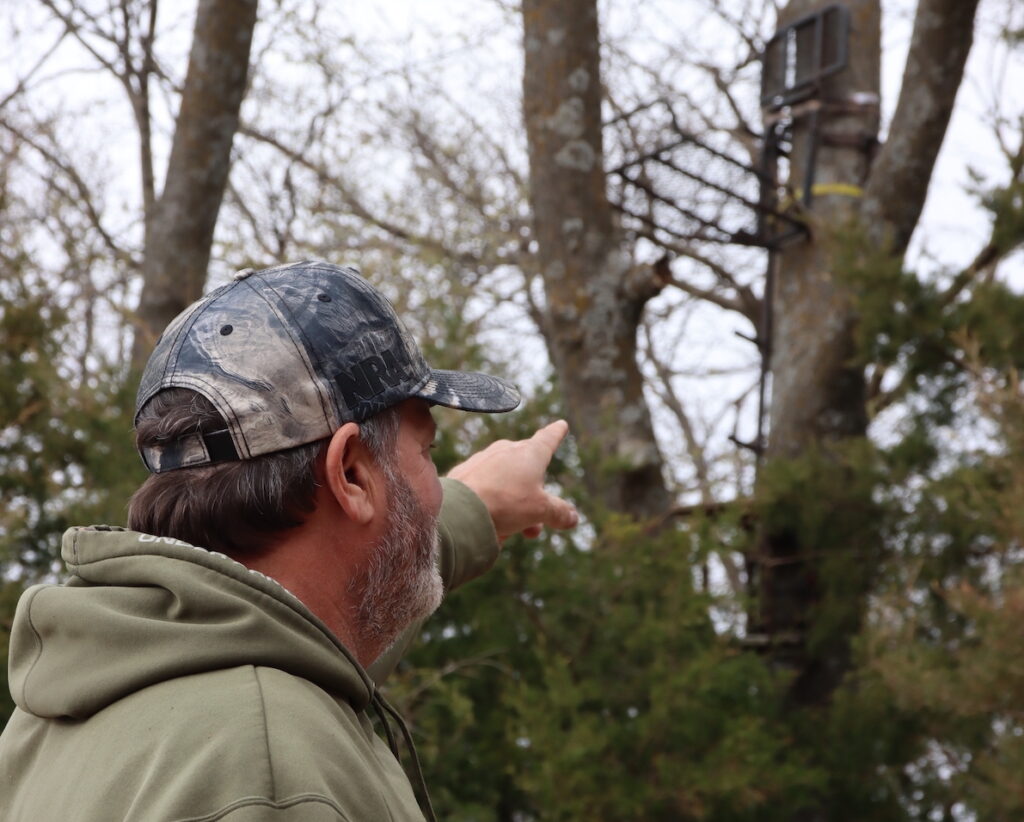
Inspect stands for serious issues: rust, deterioration, and rodent chews. Inspect welded joints and seams for signs of cracking and rusting. Flaking paint is a clue something may be occurring underneath. Make notes to clean, repair, and repaint as needed.
Continue the same thorough inspection of your steps, ladders, and climbing sticks. Those attached with fabric straps face rodent aggression. Think bored squirrels busy on warm winter days. Ratchets could be worn or fail to lock, and hooks could be bent.
And if you utilize a homemade stand or shooting house, scrutinize its construction for future system failures. Wood rots, nails work loose, and screws and nails could rust. Any or all could cause wood to splinter or the structure to collapse.
Landowner Visit
As you depart, swing into any landowner that gives you hunting permission, free or leased. A friendly hello reminds them that you appreciate their generosity in opening their land to your pursuits. Offer to help in any possible way as summer approaches. Now is also an excellent time to see if significant land management changes are in the works. These could be crop changes, livestock grazing, field tiling, or even woodland clearing. Knowing these disruptions could help your hunt planning.
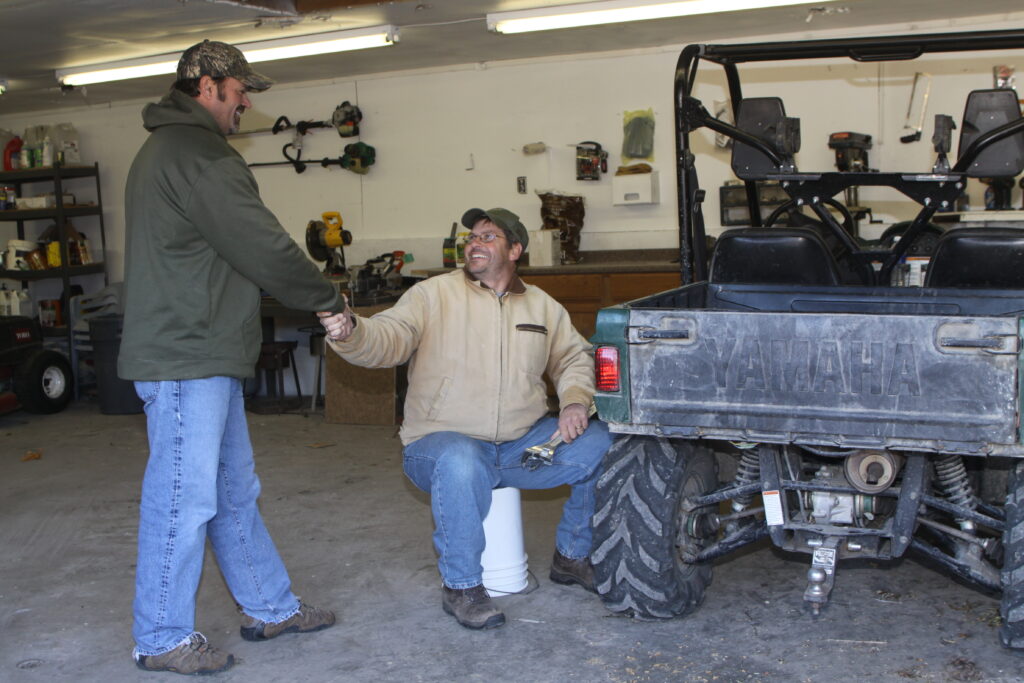
Turkey season rocks for time outdoors, but make it rock harder with a focused outing.


